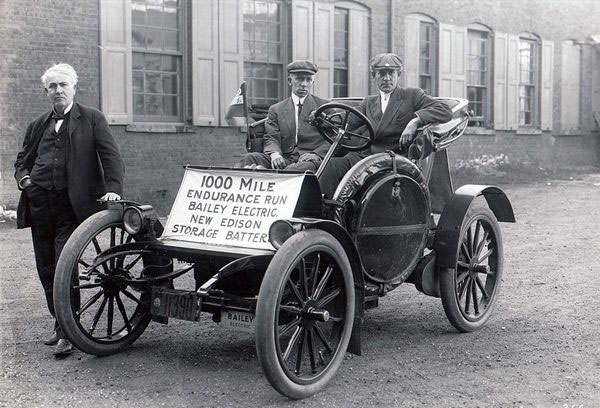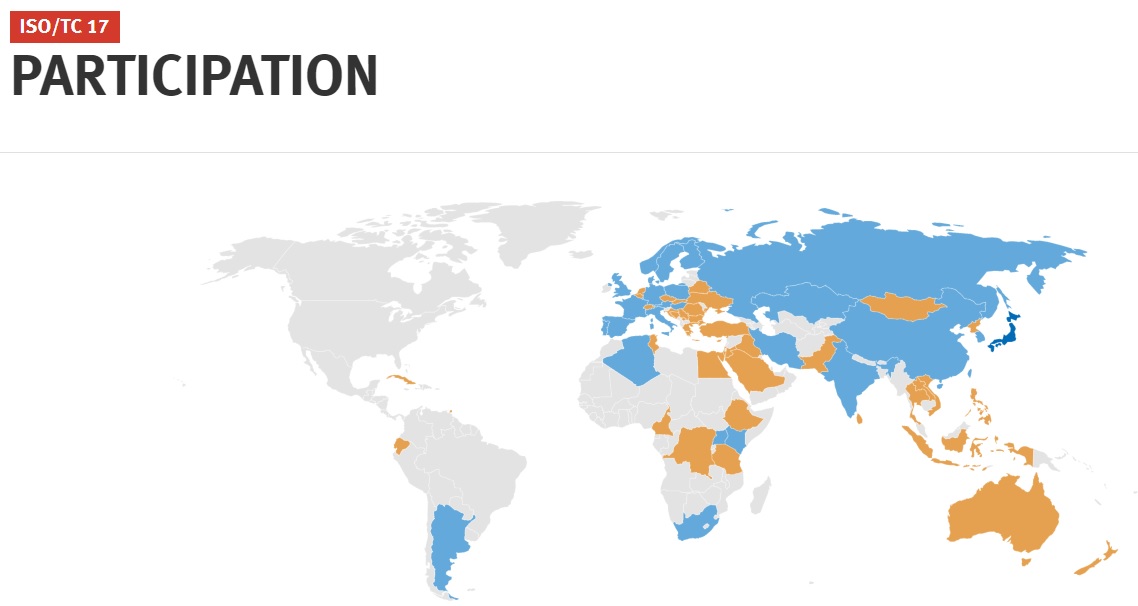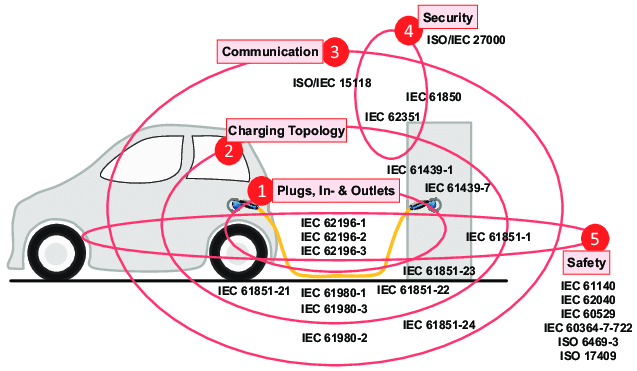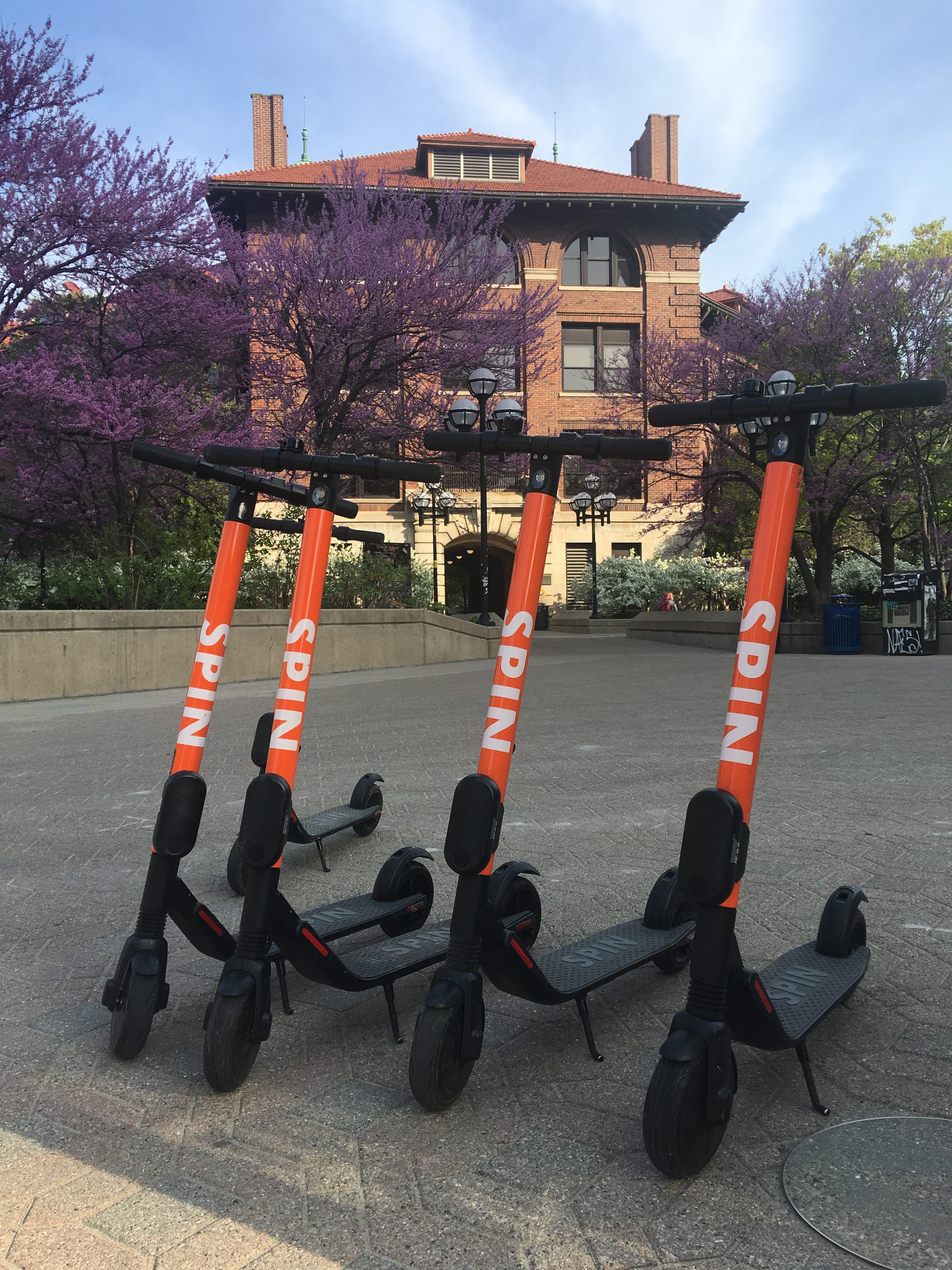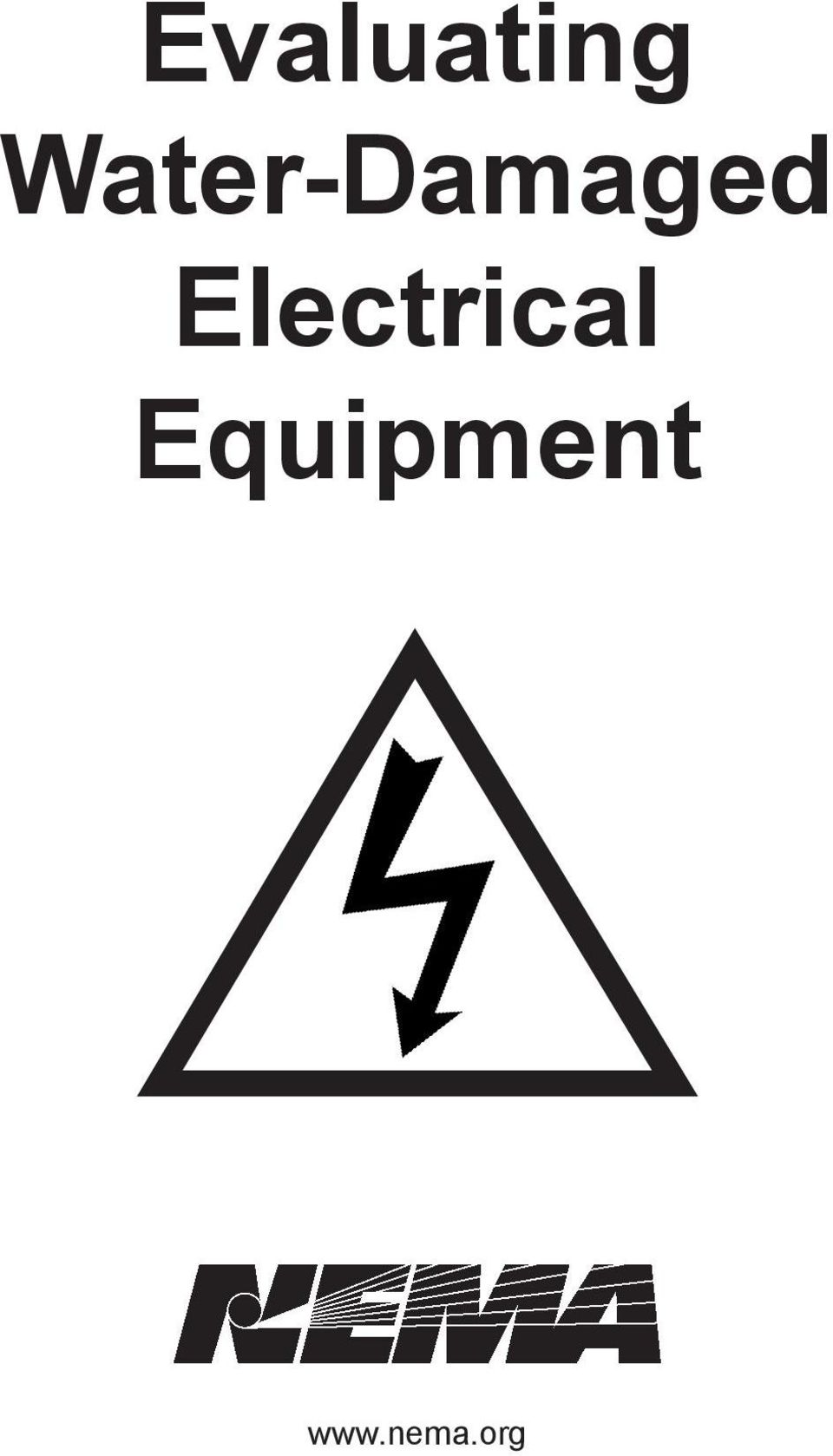Tag Archives: D4
- Home
- Posts tagged "D4" (Page 7)

College dormitory information environment based on Internet of Things
Jinhua Chen – Zhong Li – Jing Song – Ying Li
Yibin University
Abstract: According to the practical application demand of the college dormitory, combined with principle, architecture, and technical of Internet of Things, a college dormitory construction scheme is proposed based on the Internet of Things. The scheme concludes technical framework improvements of the Internet of Things for application, discussion of the networking mechanisms, implementations of technical details and design of network nodes. It presents a multi-frequency-multi-structure network architecture. Test results of typical application parameters show that the practical application of the scheme in a college dormitory is feasible.
CLICK HERE to order complete paper
Electric Vehicle Charging Stations
Electrical power engineers know that it is unwise to imagine a totally electric mobility system in the mind’s eye of vertical incumbents, policy makers and trendsniffers. That does not mean that, as licensed professionals, we cannot positively respond to the demand for more electric mobility on campuses and within school districts.
Today we run through current codes, standards and guides to make that power supply chain safe and sustainable. Use the login credentials at the upper right of our home page.
In addition to the “NEC canonicals” — listing, coupler heights, disconnect, grounding, voltage, ampacity and overcurrent protection that would likely be applied in a fleet enclosure, more specific passages are relevant when the charging stations are widely dispersed in exterior locations:
Article 225 Outside branch circuits and feeders
Article 625 Electric Vehicle Power Transfer System
We will deal with cable management, IEC 61851 titles, Level 1 & 2 equipment, load management, placement of charging stations at motor fuel dispensing installations and wireless charging systems in a separate session.
NECA 413 Standard For Installing And Maintaining Electric Vehicle Supply Equipment
National Electric Vehicle Infrastructure Standards and Requirements
Much like designing and building campus outdoor lighting systems, there are more site-related issues to be reckoned with. For example:
- Charging infrastructure: One of the biggest space usage problems with EVs is the need for charging infrastructure. EV owners require access to charging stations in order to recharge their vehicles, and these charging stations can take up valuable space in public areas or campus parking structures that may require additional fire protection systems (that also require upgraded electrotechnologies.
- Battery storage: Another space usage issue with EVs is the need for battery storage. EV batteries are large and heavy, and require adequate storage space for safe and secure disposal at the end of their life cycle.
- Vehicle size: Many EVs are larger and heavier than traditional gasoline-powered vehicles, which can create space usage problems in urban areas where parking and road space is limited.
- Recycling infrastructure: As EVs become more common, the need for specialized recycling infrastructure for EV components, including batteries, motors, and electronics, is likely to increase. These facilities require additional space and resources to safely and efficiently process and recycle these components.
Addressing these space usage problems will require a combination of policy interventions, technological innovations, and public awareness campaigns to promote the benefits and potential of EVs while minimizing their environmental impact and spatial footprint.
Drivers and Barriers to Implementation of Connected, Automated, Shared, and Electric Vehicles
Where There is Smoke…There Doesn’t Have to be Fire
The ASTM International business model features a strong product certification component and a weaker interoperability component therefore we place ASTM titles at lower priority in our coverage of the best practice literature that supports our safety and sustainability agenda. Nevertheless, leading practice discovery and promulgation processes for product certification bears a strong similarity to the processes that provide the structure for interoperability standards.
Today we select a Case Study from ANSI’s Committee on Education which is relevant to today’s fire safety colloquium; open to everyone.
ASTM Fire Standards and Flammability Standards
WHERE THERE IS SMOKE… THERE DOESN’T HAVE TO BE FIRE: FIRE-SAFETY AND ASTM E2187
ANSI Committee on Education: Questions and Answers
We hope quick access to this content will encourage students and faculty to participate in the annual ANSI Student Paper Competition, sponsored by ANSI’s Committee on Education in which we are a member. We meet again in July and will determine the winner(s) the 2021 competition and select a topic for the 2022 competition. We are happy to explain further during today’s colloquium. At any time you may communicate directly with Lisa Rajchel (lrajchel@ansi.org).
More
Fietsenrek
This content is accessible to paid subscribers. To view it please enter your password below or send mike@standardsmichigan.com a request for subscription details.
Personal e-Transporters
“Trust only movement.
Life happens at the level of events, not of words.
Trust movement.”
— Alfred Adler
We track best practice concepts evolving in International Electrotechnical Commission committee (IEC TC 125 Personal e-Transporters) now setting the standard of care for a transport technology with a growing presence on college and university campuses. Students and faculty use PeTs to hasten movement between classes; maintenance staff uses them for exterior maintenance and landscaping. They are used by the general public on or within campus perimeters; particularly large research universities.
From the IEC TC 125 committee scope statement:
Standardization for use on the road or in the public space of electrically powered transport devices (i.e. no human (propulsion) power input) and where the speed control and/or the steering control is electrical/electronic.
This means, standardization in the field of personal e-Transporters, including :
-
- Safety and reliability (both electrical and functional)
- Protection against hazards (fire and explosion hazards, water ingress, …)
- Maintenance
- Docking stations for public use
- Recharging
- Recycling
Exclusions : Standardization of electrical bicycles, motorbikes, mopeds and cars are excluded from the scope because they are handled by other technical committees administered from Geneva:
– IEC TC 69
– ISO TC 149
– ISO TC 22
Standardization of PeTs for home use are excluded because they are handled by IEC TC 59 and TC 61
Much like PetTs technology itself, the TC 125 committee is relatively new; its founding document linked below:
Belgium is the Secretariat with 24 national committees on the project at the moment (CLICK HERE for TC 125 Membership). Stakeholders in the United States should contact ANSI’s US National Committee to the IEC (CLICK HERE)
We are on the receiving end of questions about best practice, standardization and regulatory solutions for this technology. We refer them to the IEEE Education & Healthcare Facilities Committee which meets 4 times monthly in European and American time zones and collaborates with the IEEE Intelligent Transportation Systems Society. We also set aside an hour per month to review the status of best practice literature for campus Mobility. See our CALENDAR for the next online meeting; open to everyone.
Issue: [19-200]
Category: Mobility, Electrical, Global
Colleagues: Mike Anthony, Jim Harvey
More
IEC e-tech | News & Views from the IEC
New update alert! The 2022 update to the Trademark Assignment Dataset is now available online. Find 1.29 million trademark assignments, involving 2.28 million unique trademark properties issued by the USPTO between March 1952 and January 2023: https://t.co/njrDAbSpwB pic.twitter.com/GkAXrHoQ9T
— USPTO (@uspto) July 13, 2023
Standards Michigan Group, LLC
2723 South State Street | Suite 150
Ann Arbor, MI 48104 USA
888-746-3670





